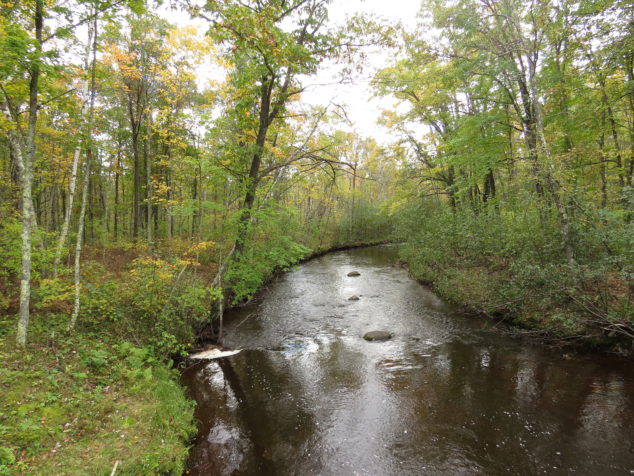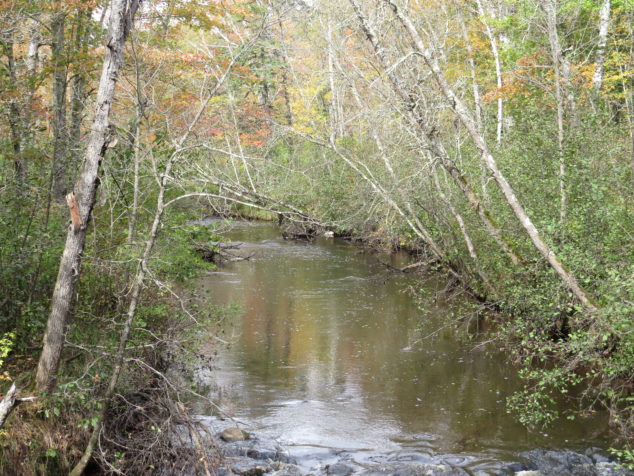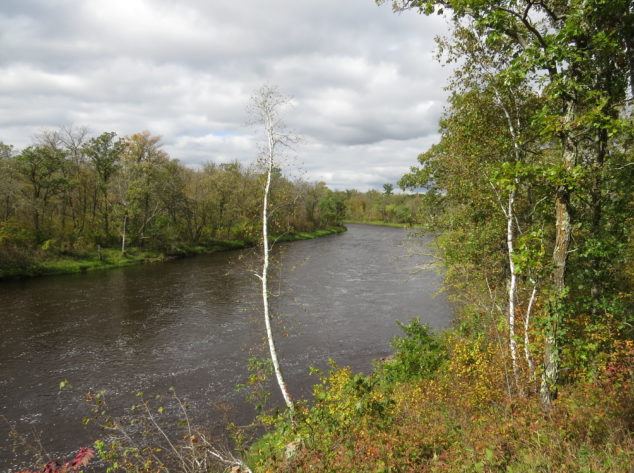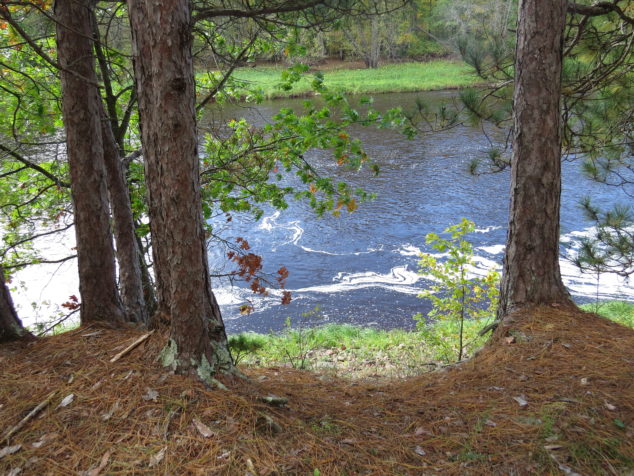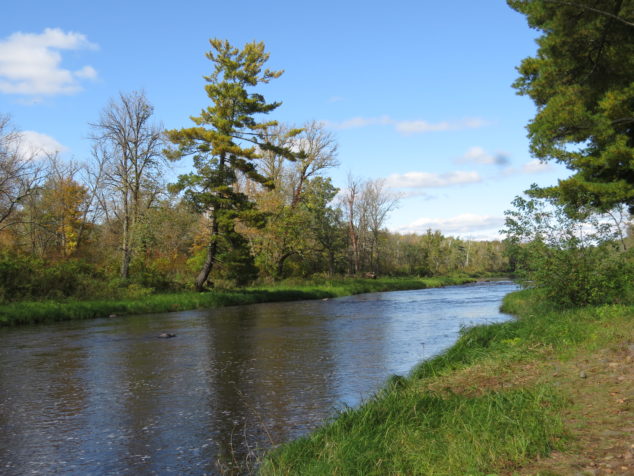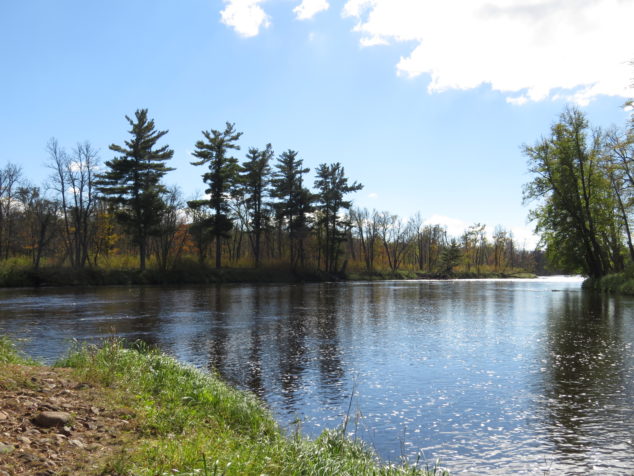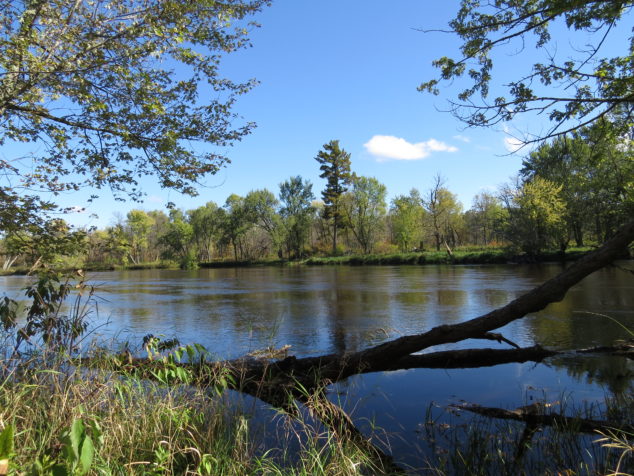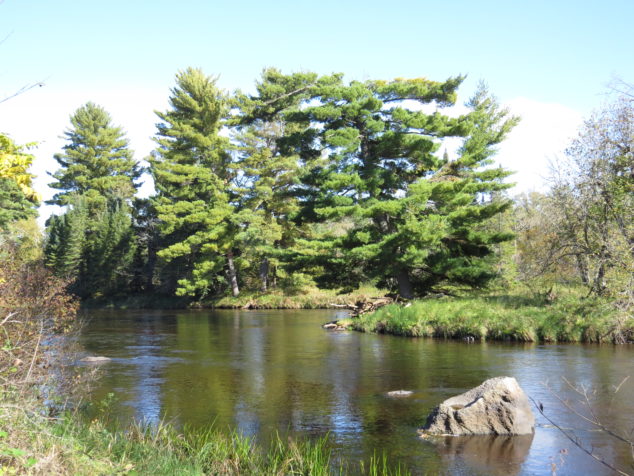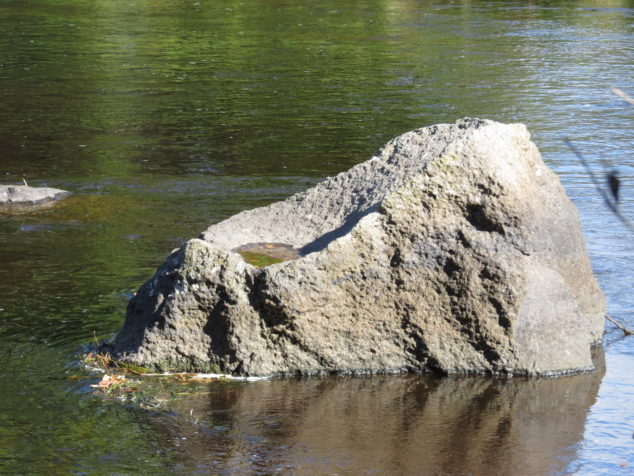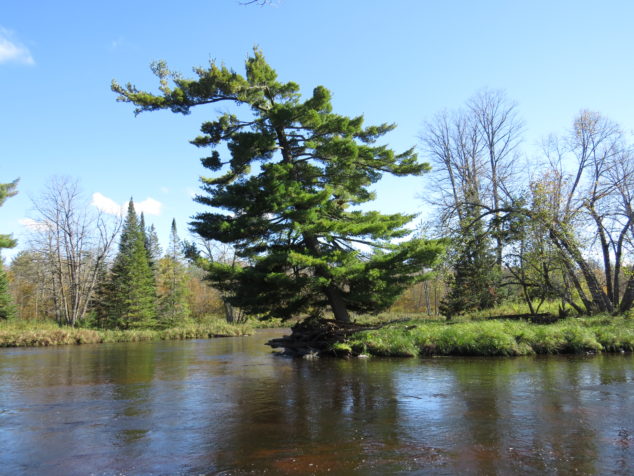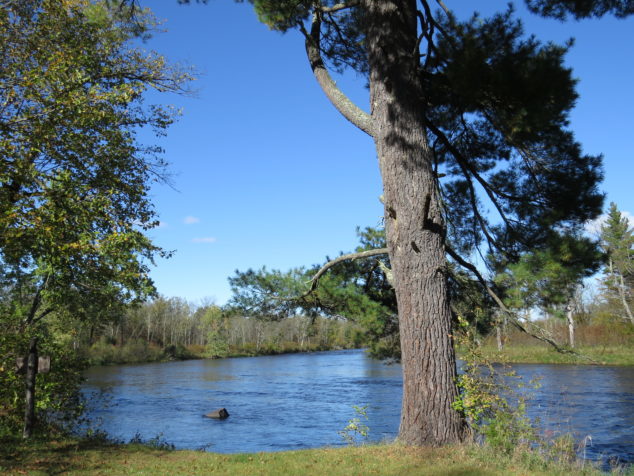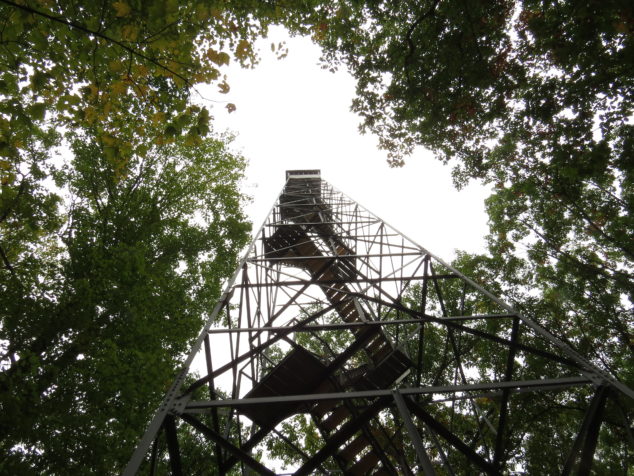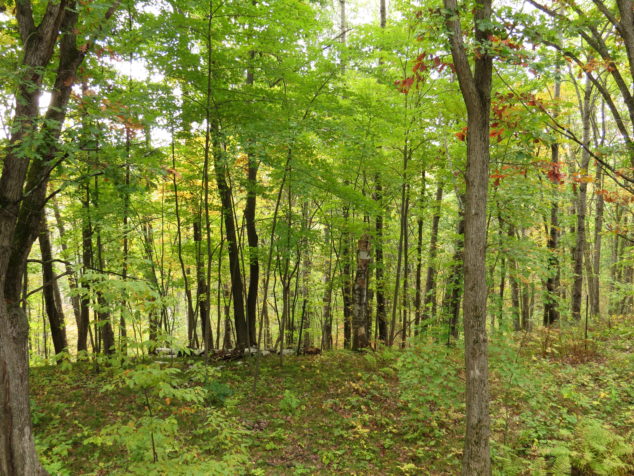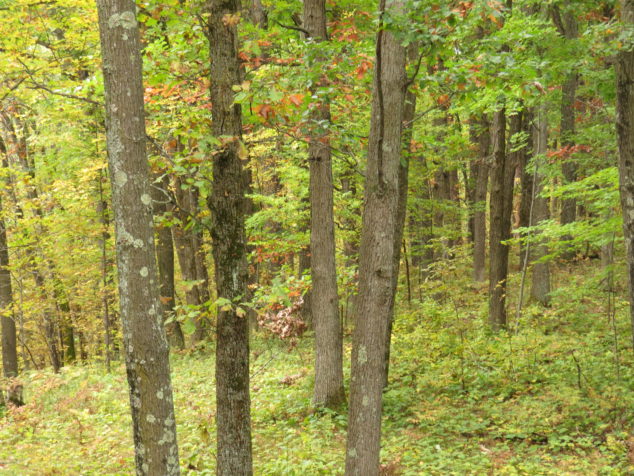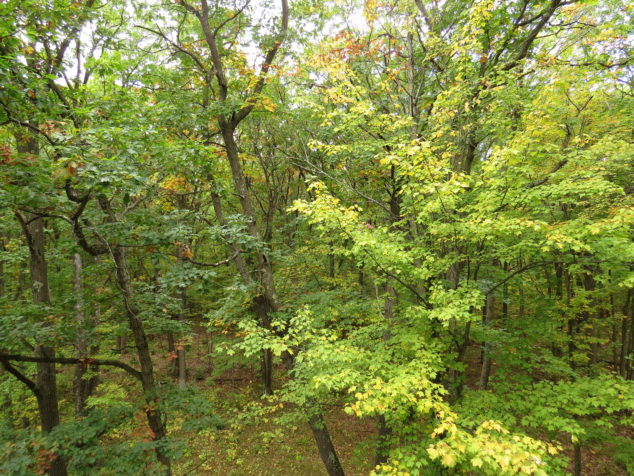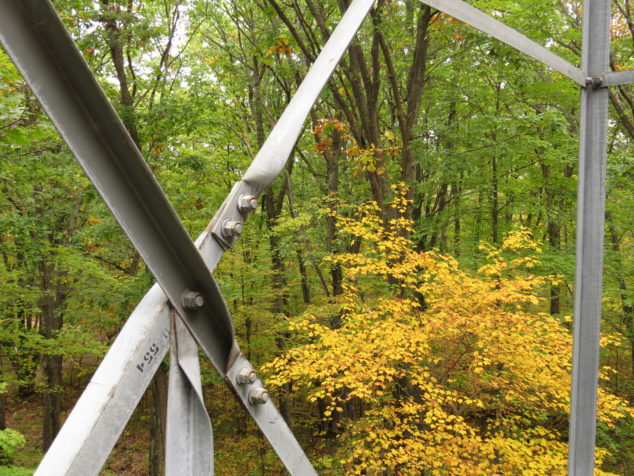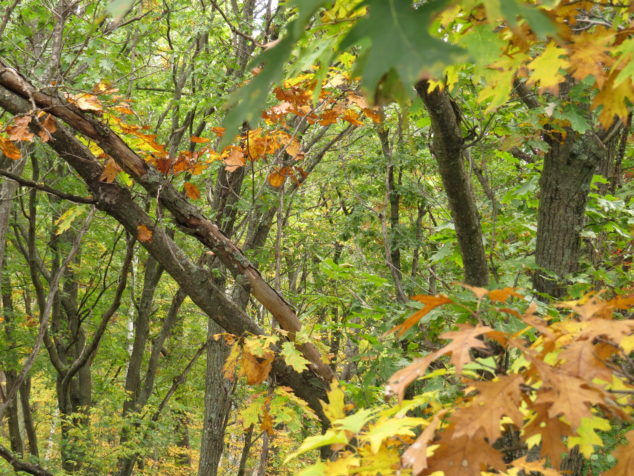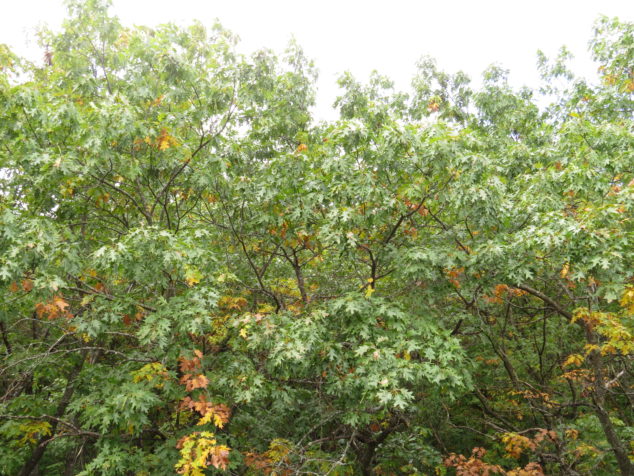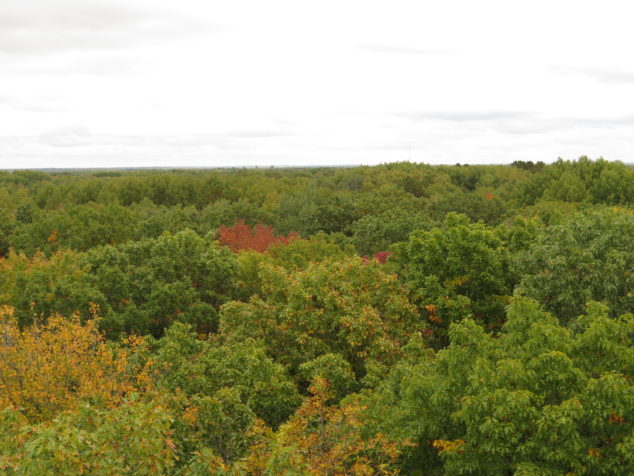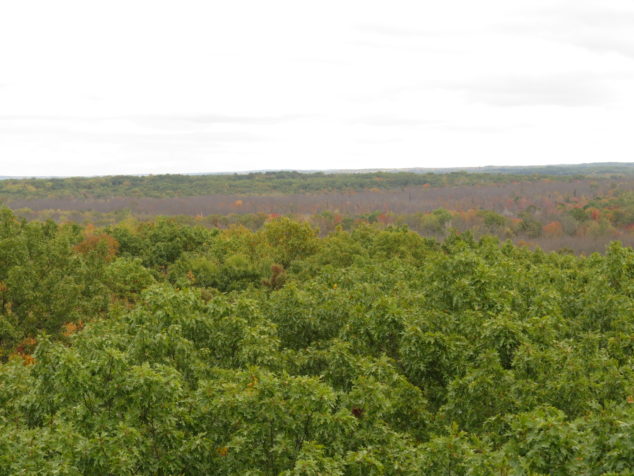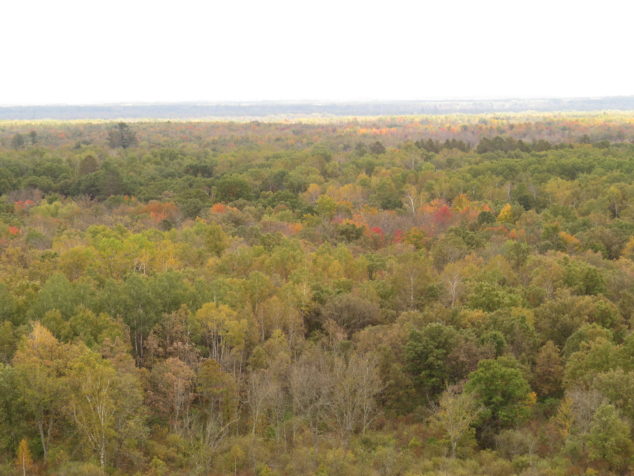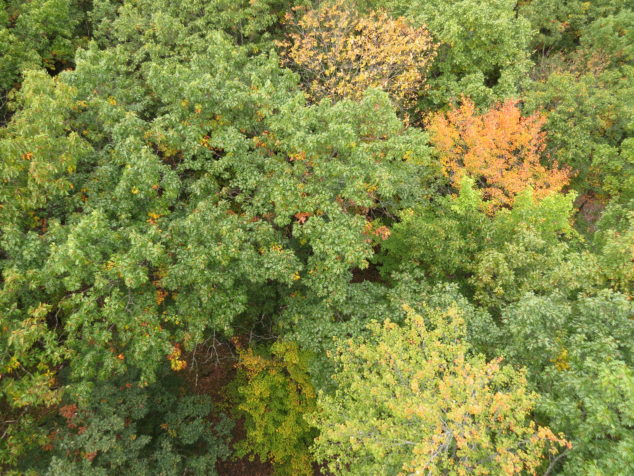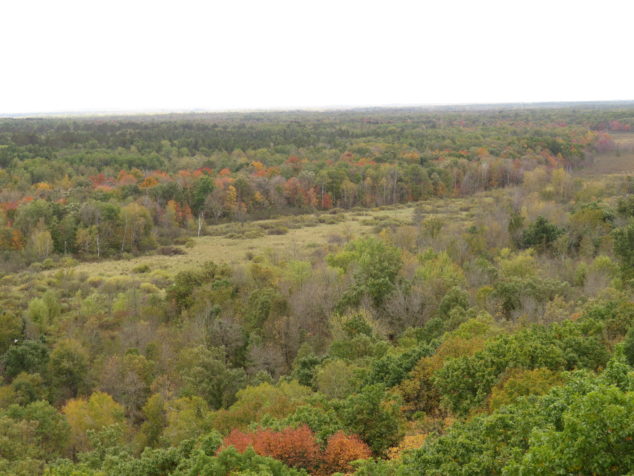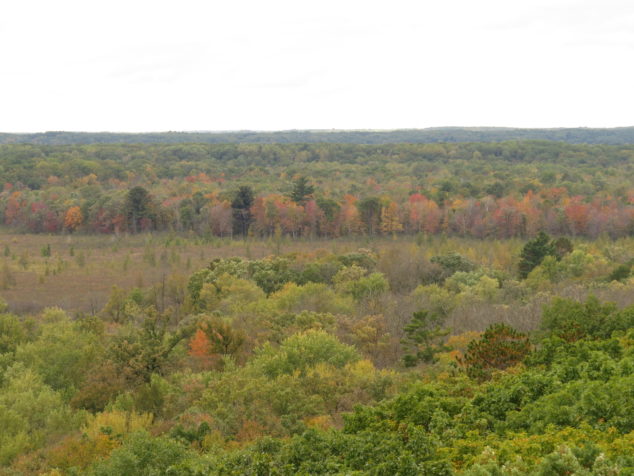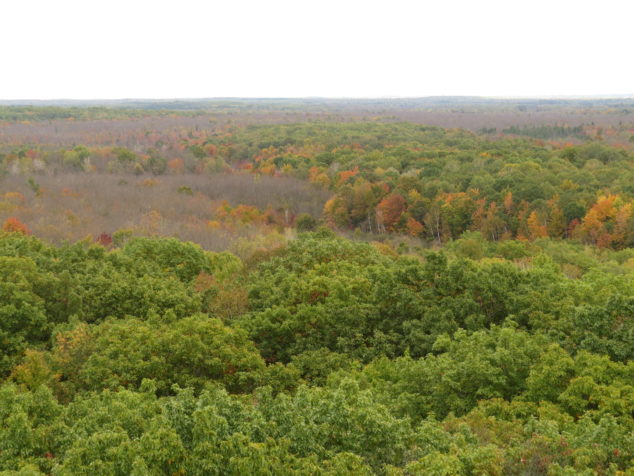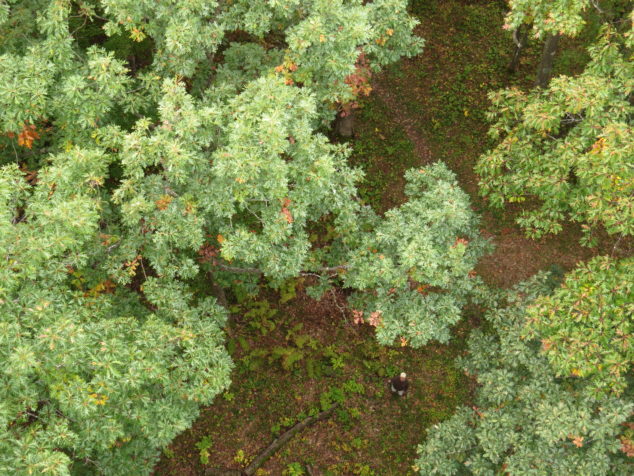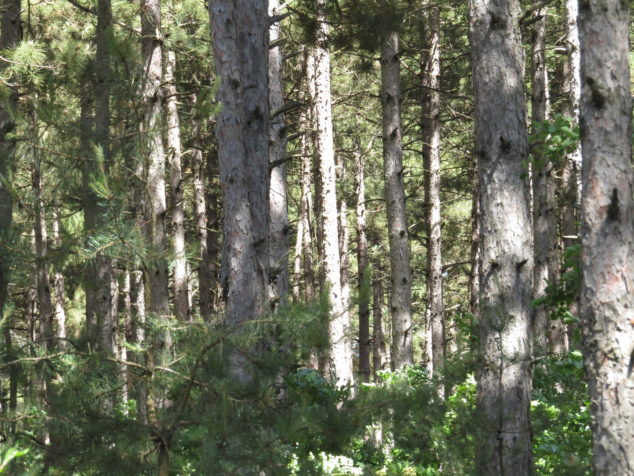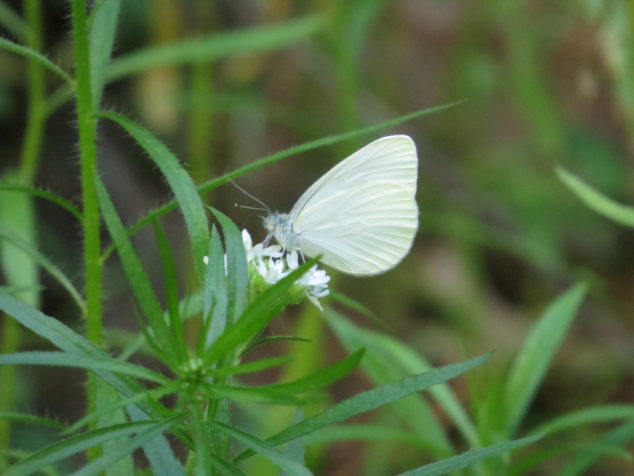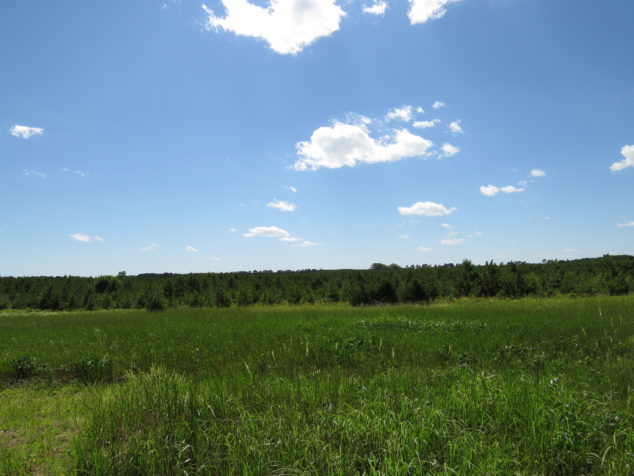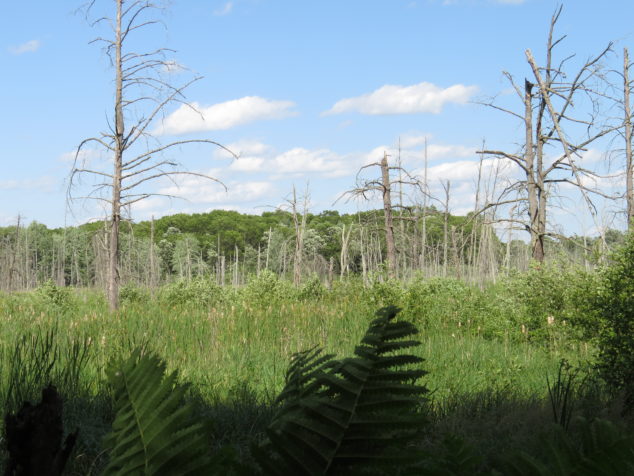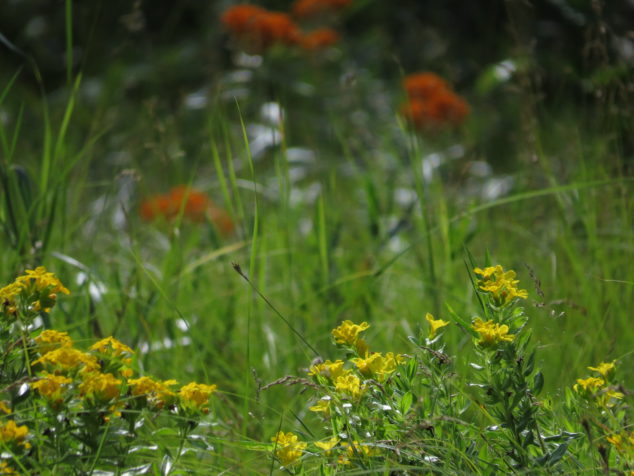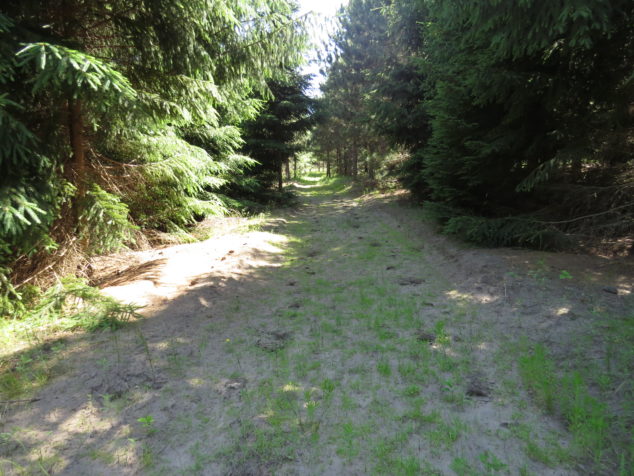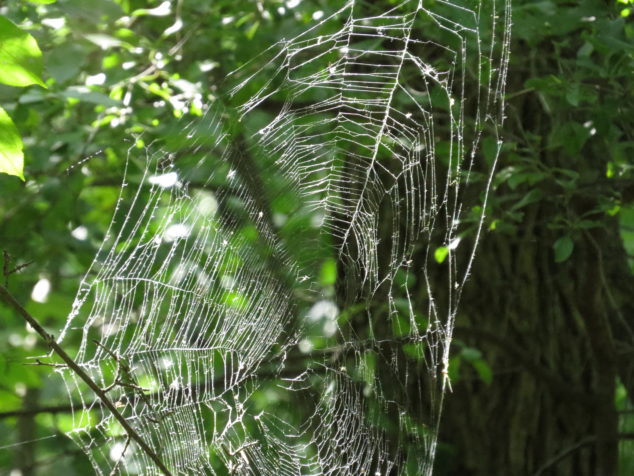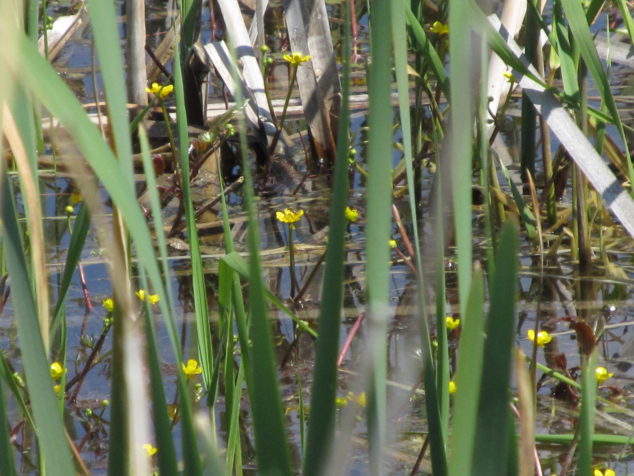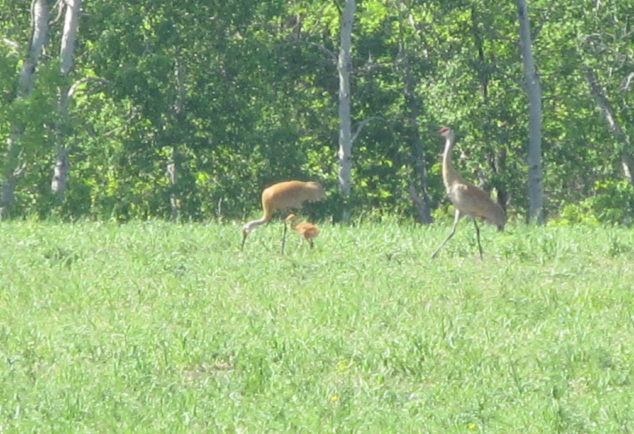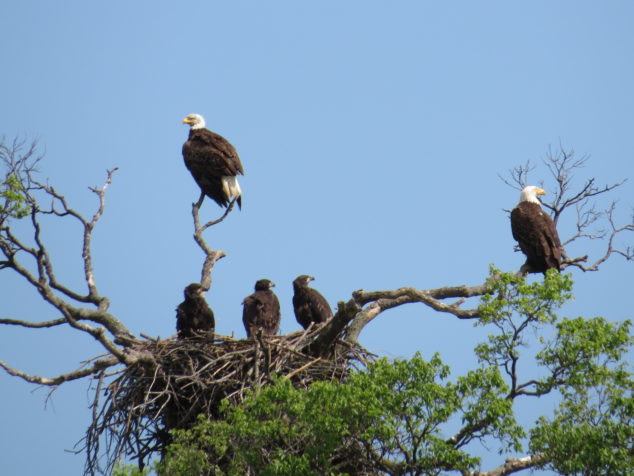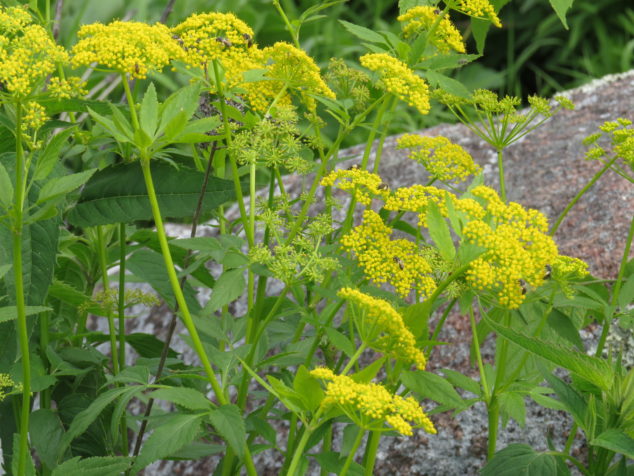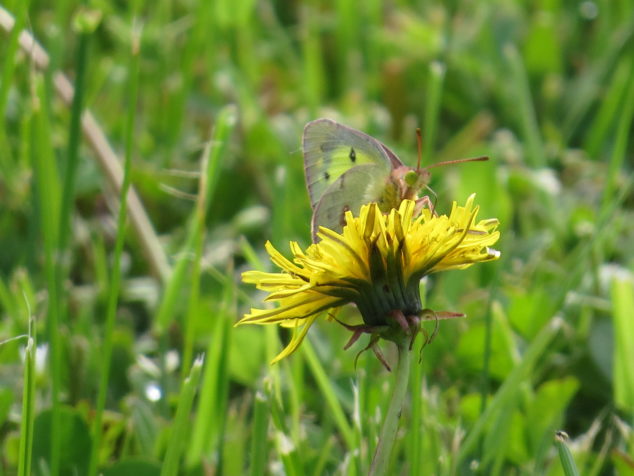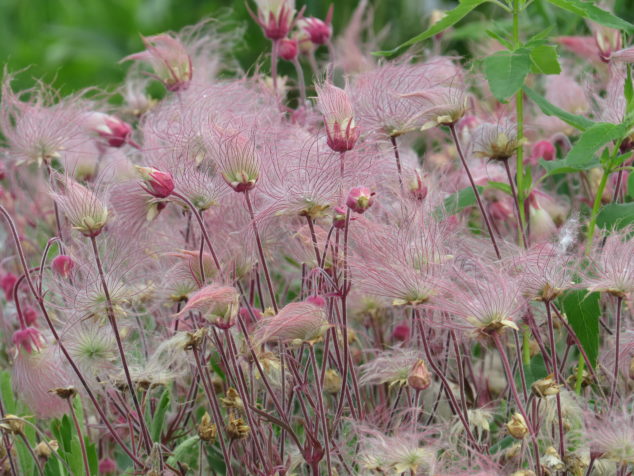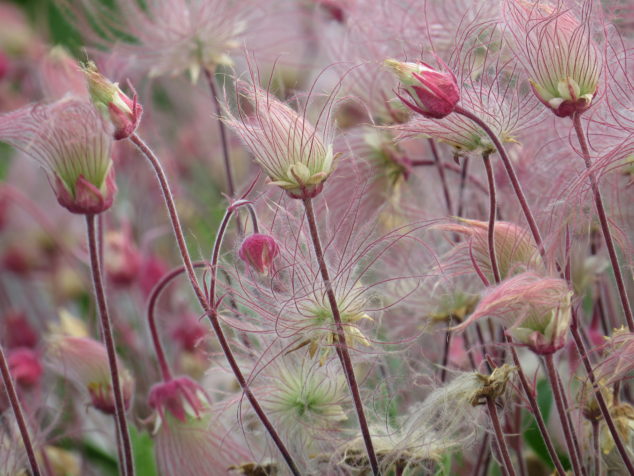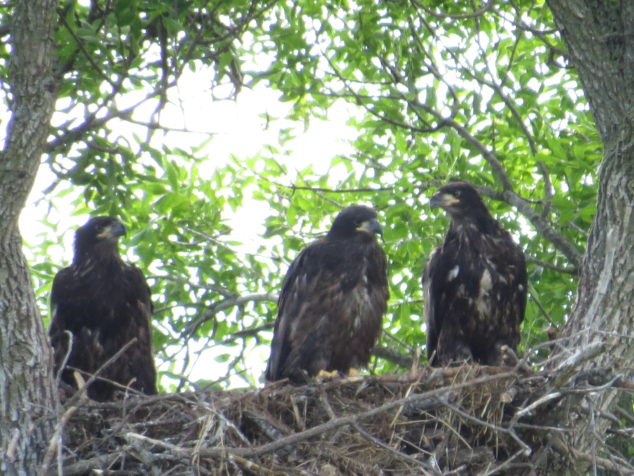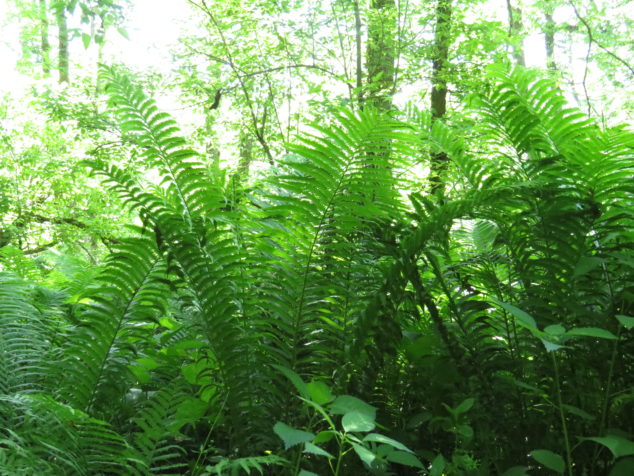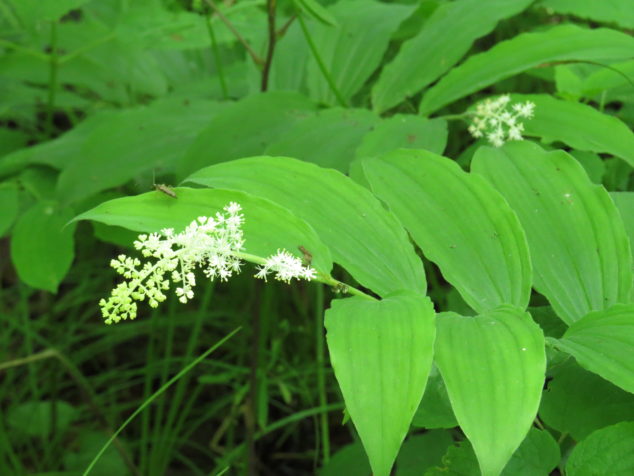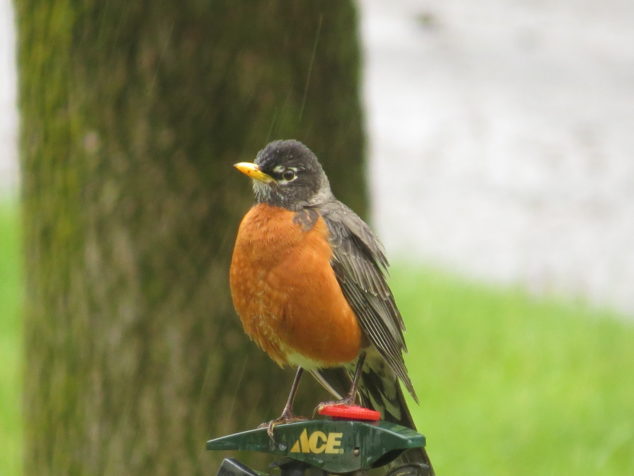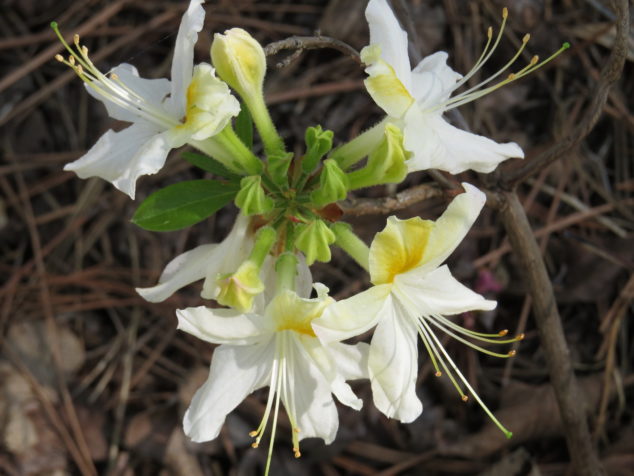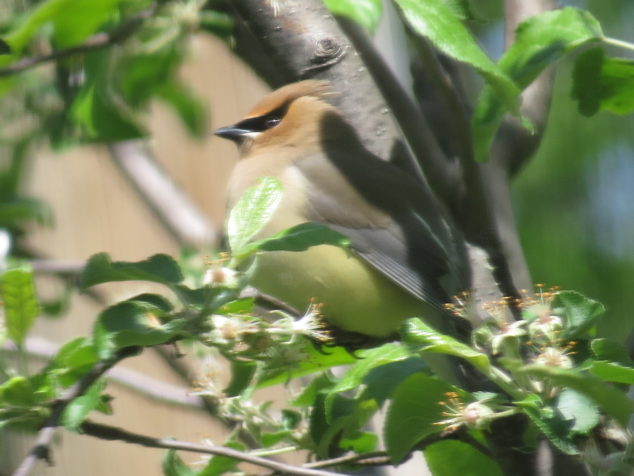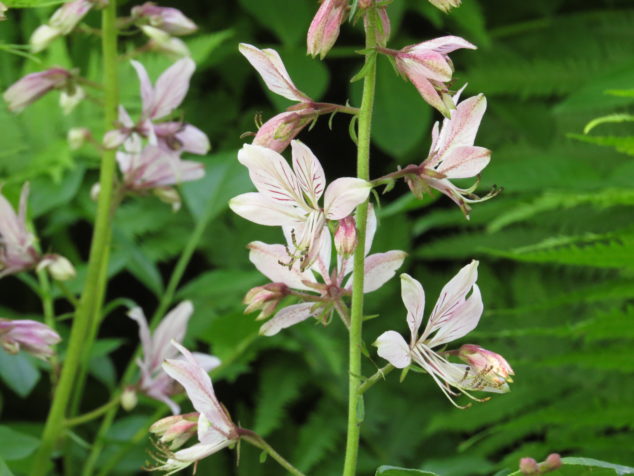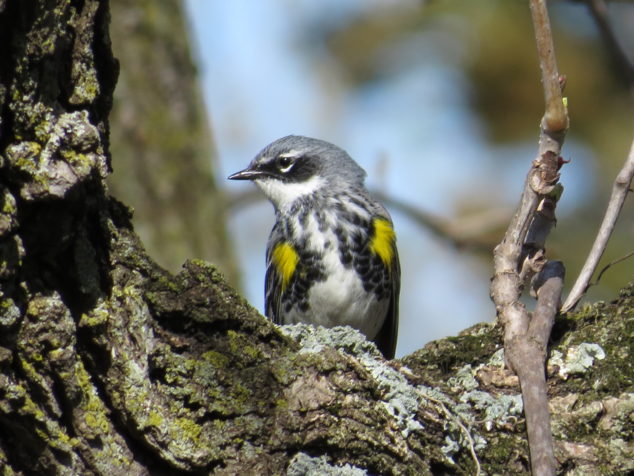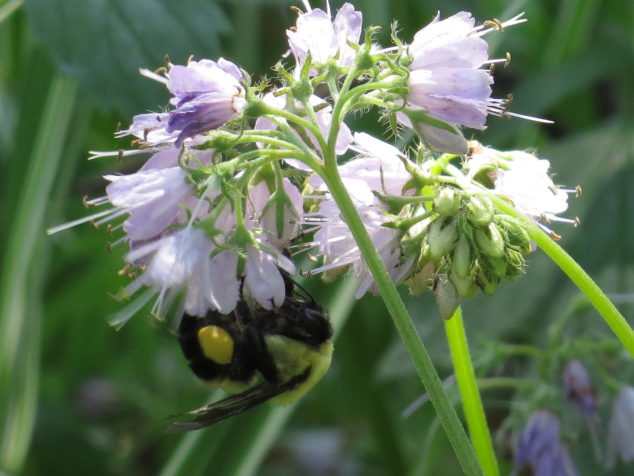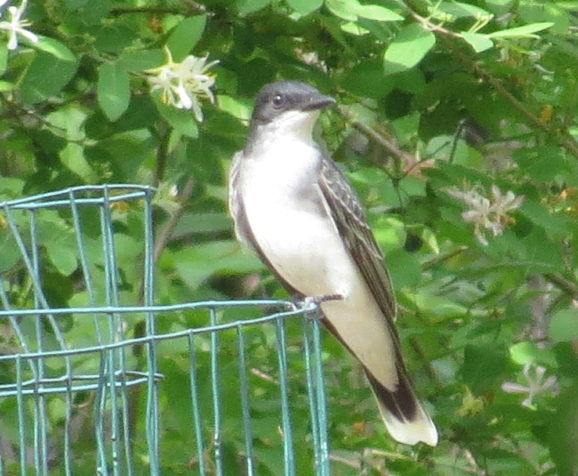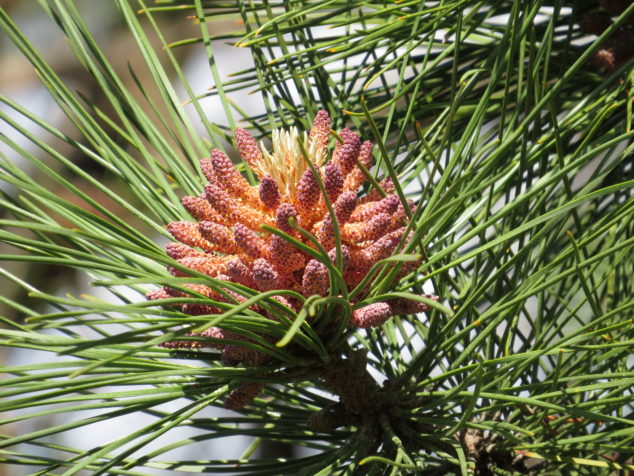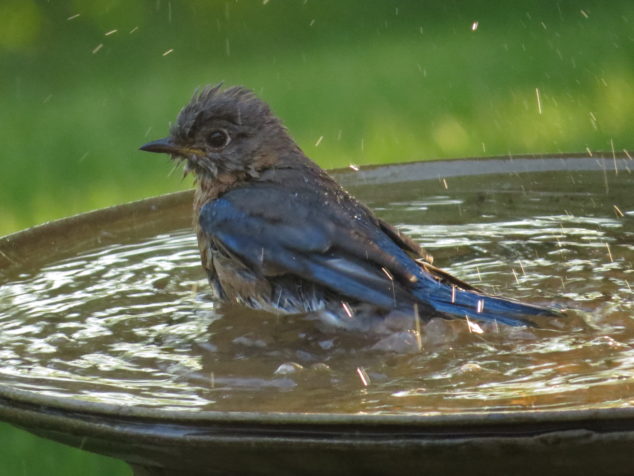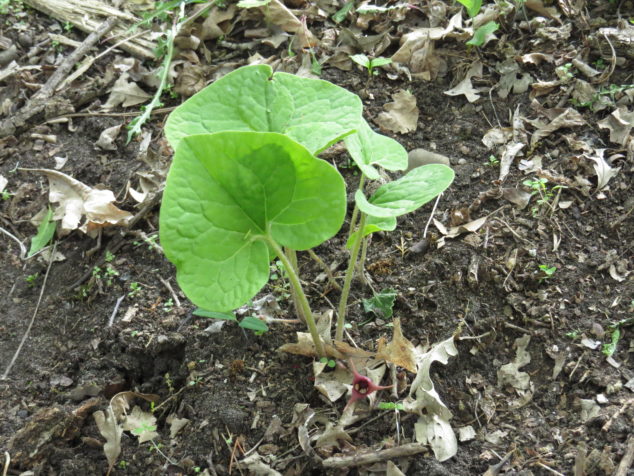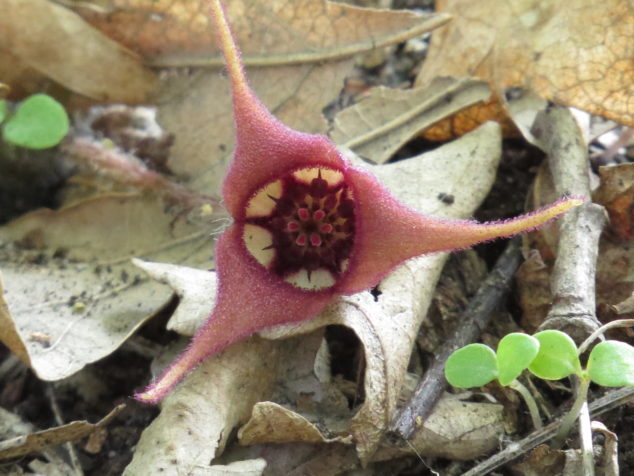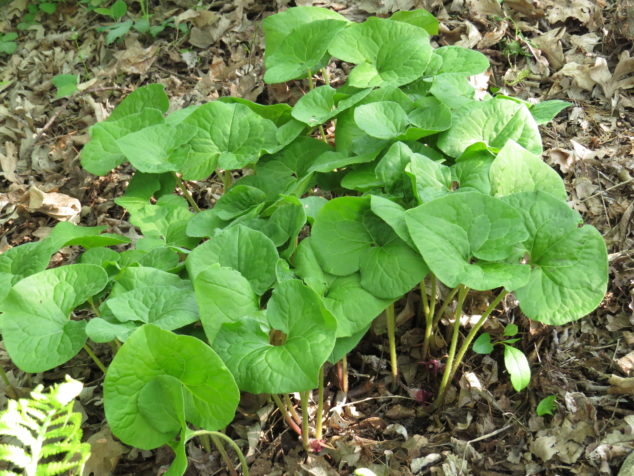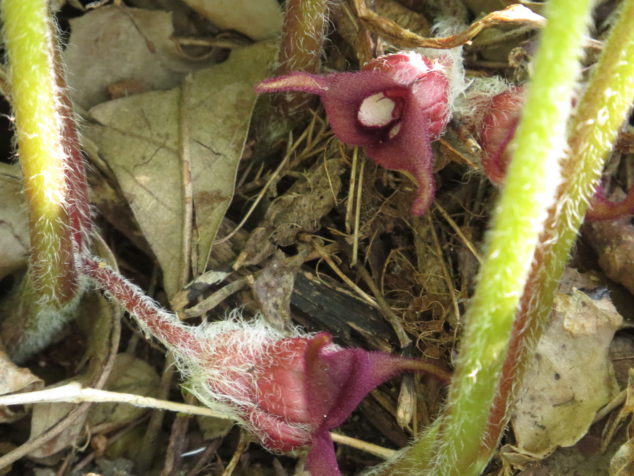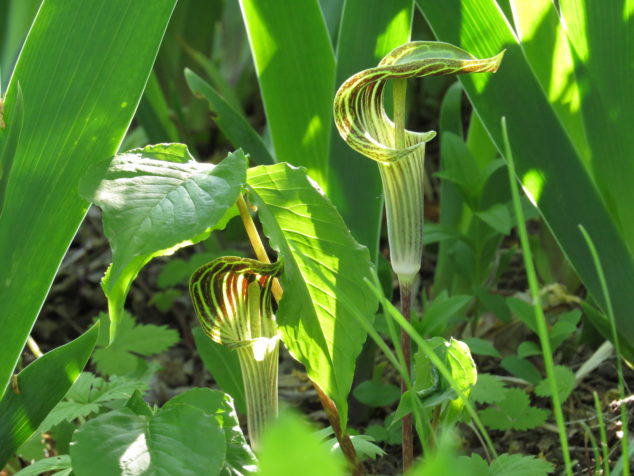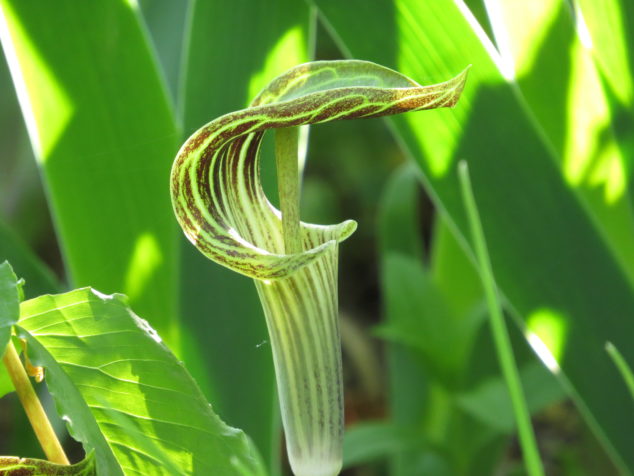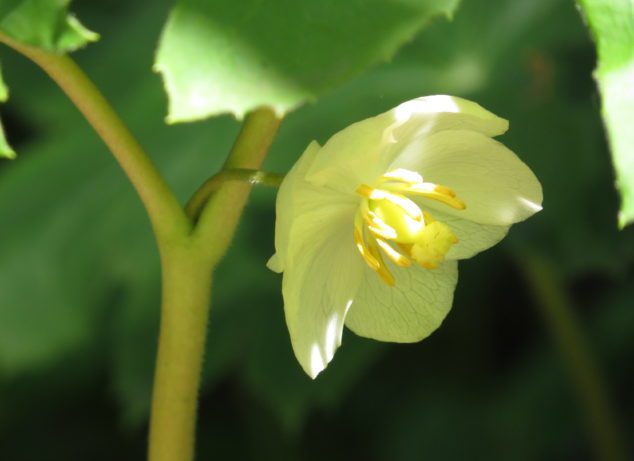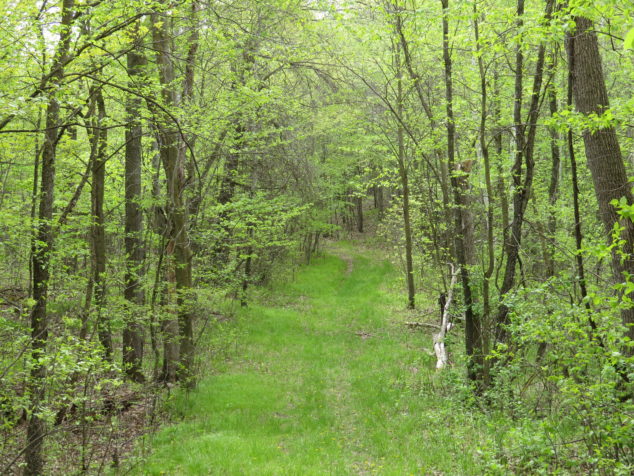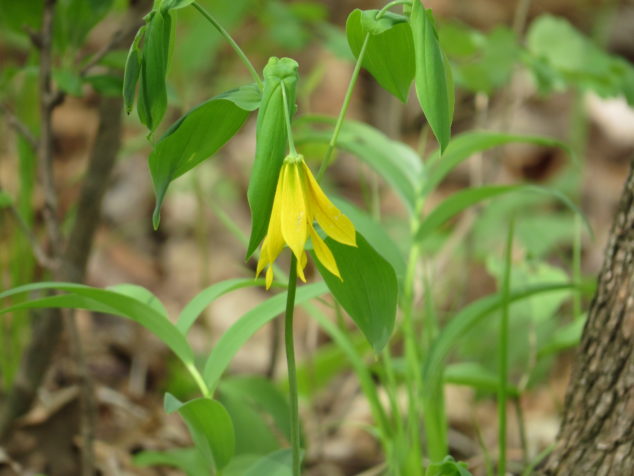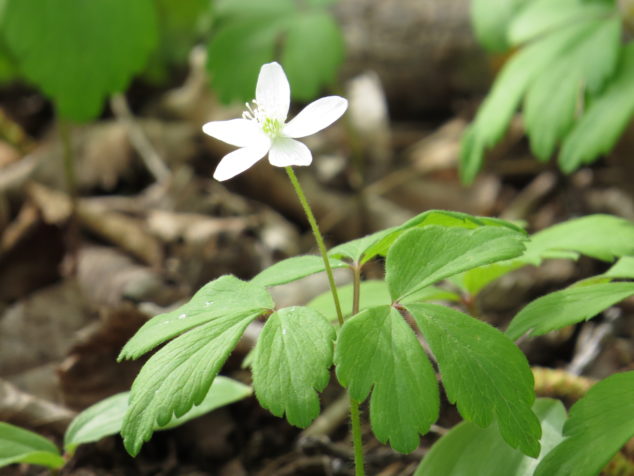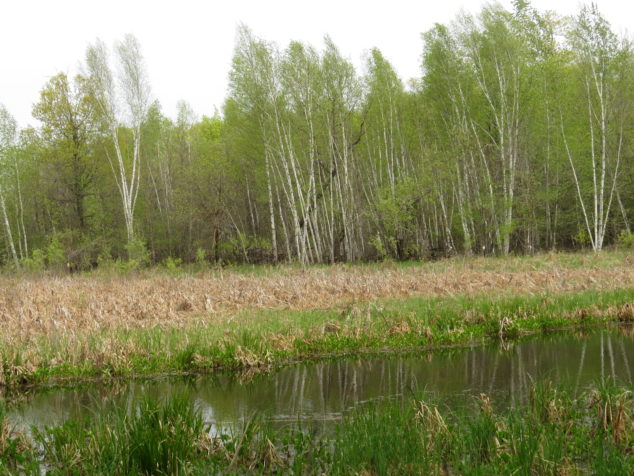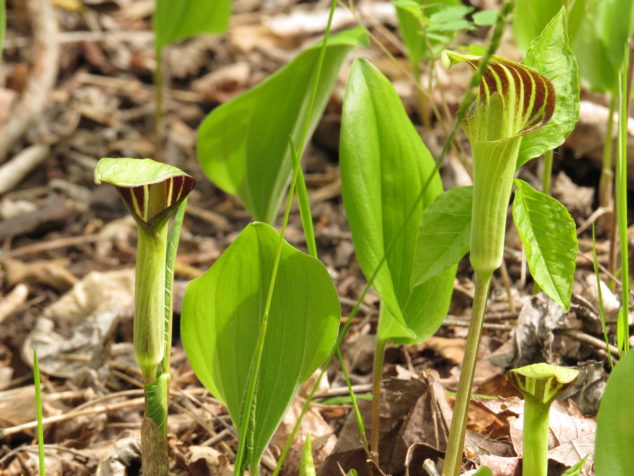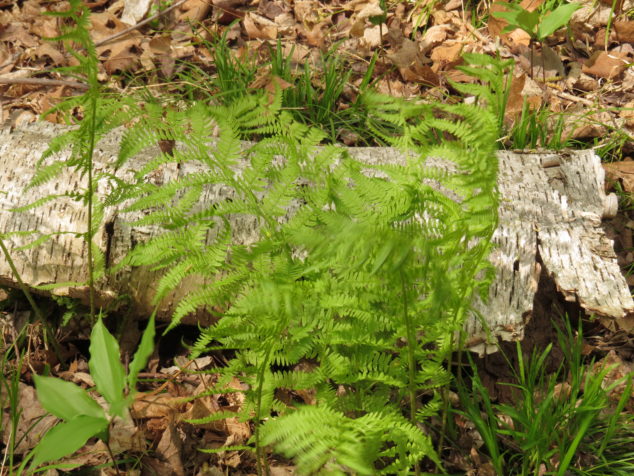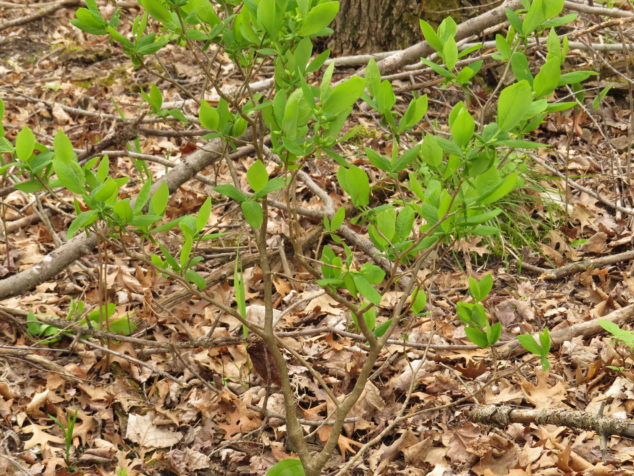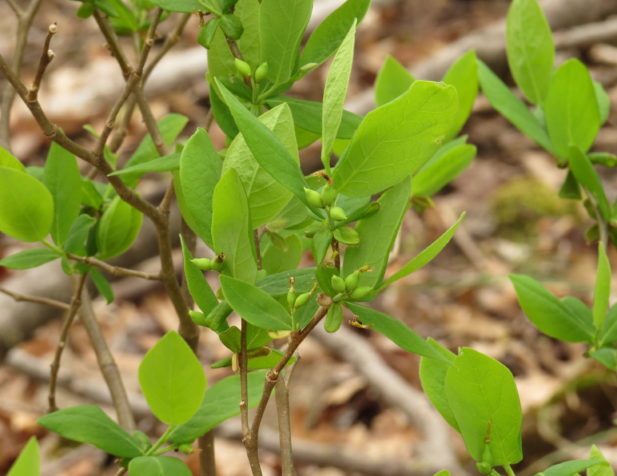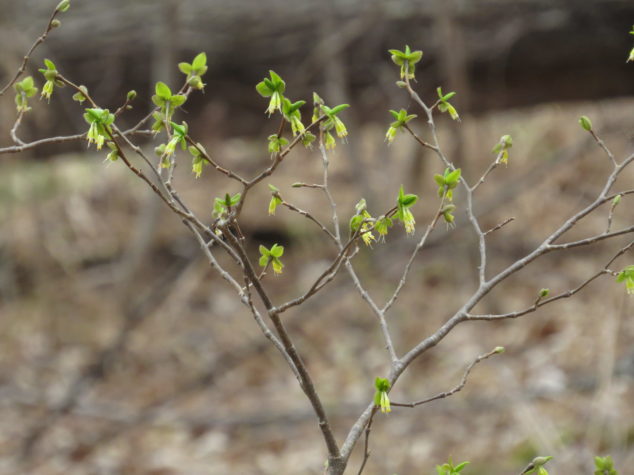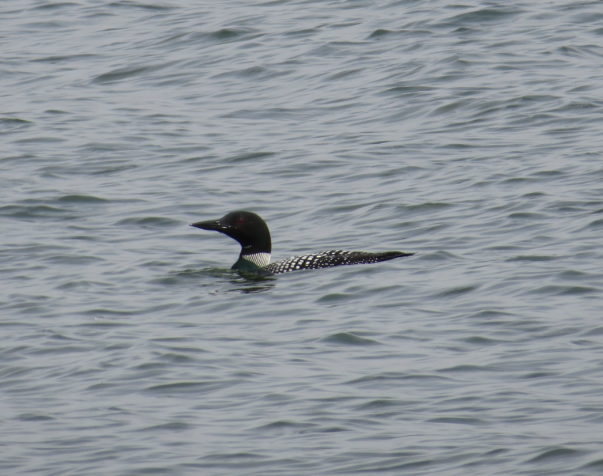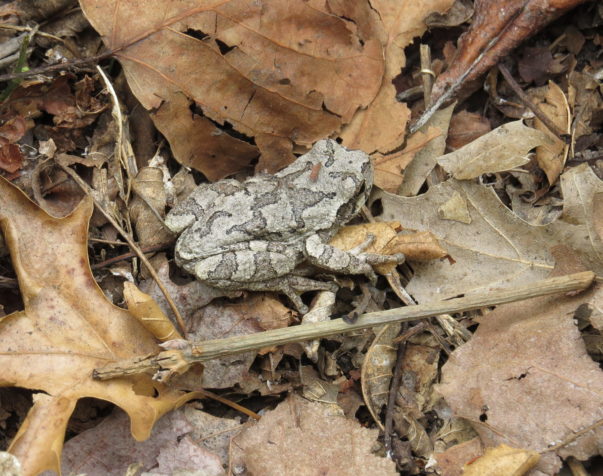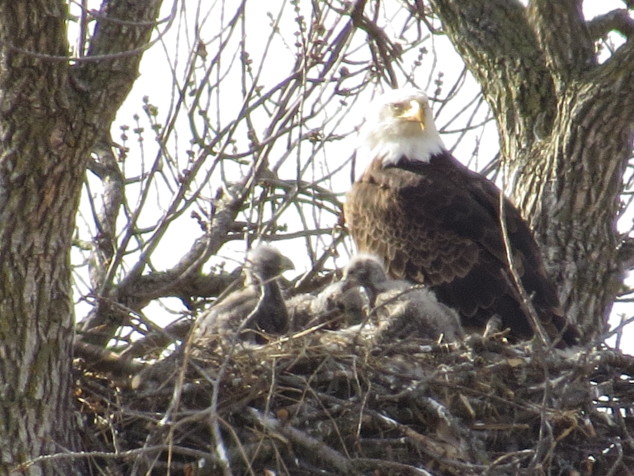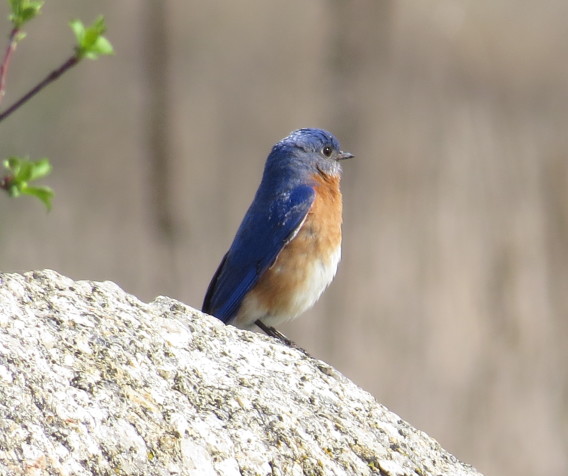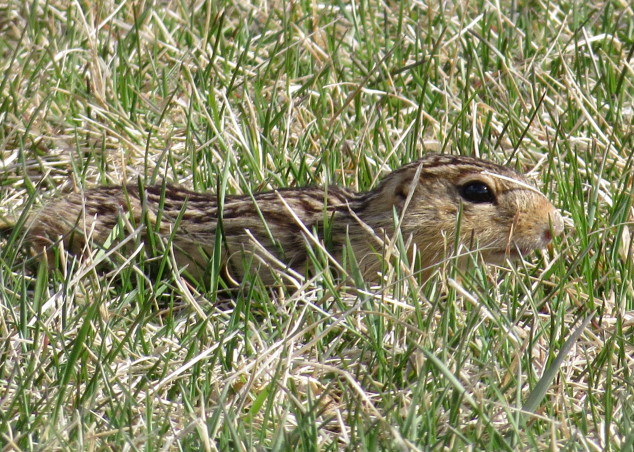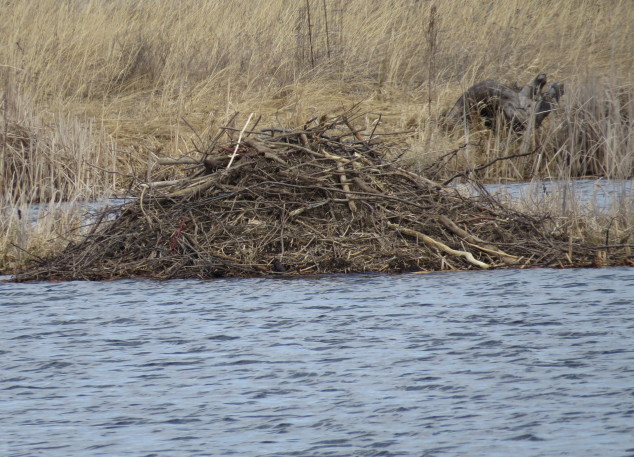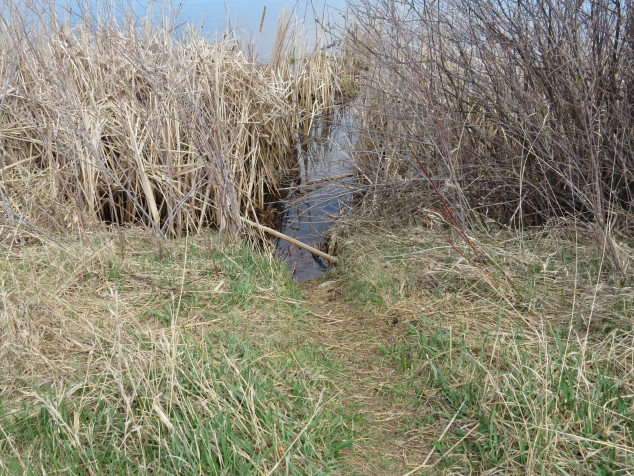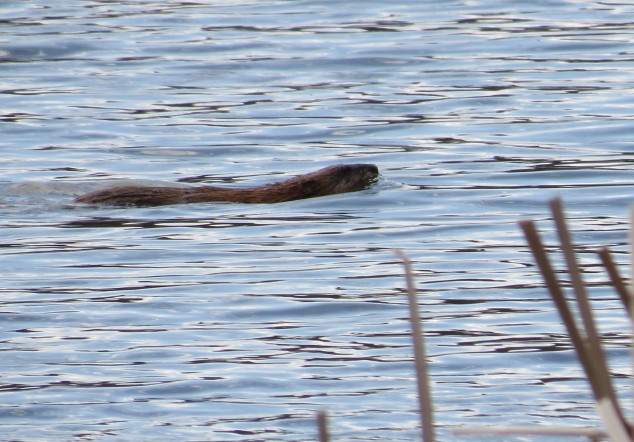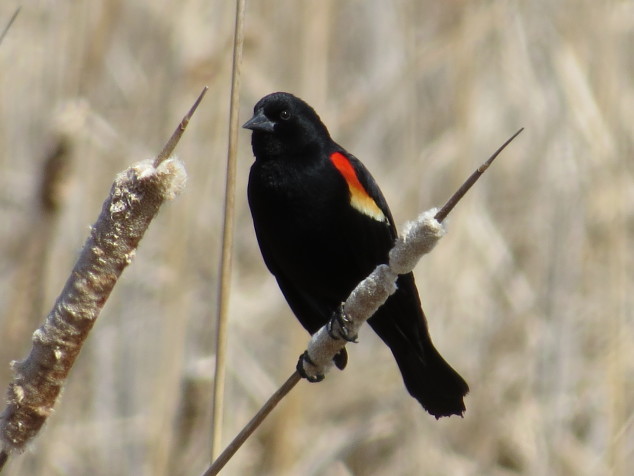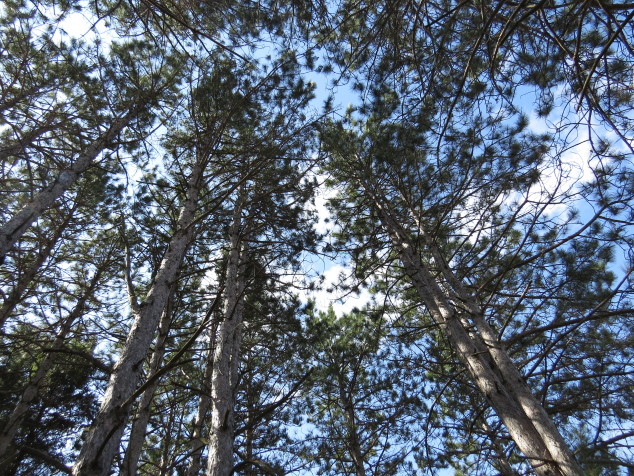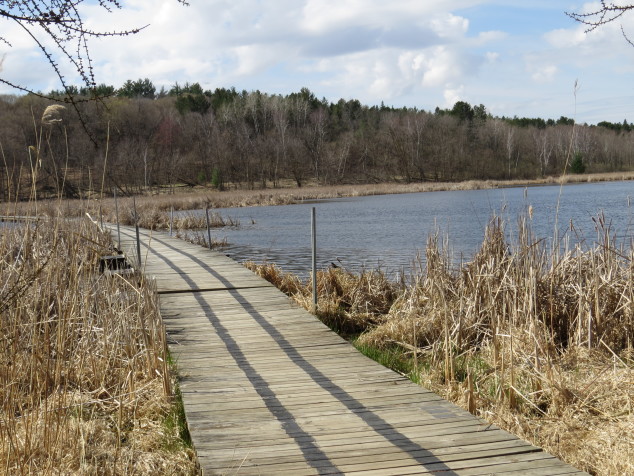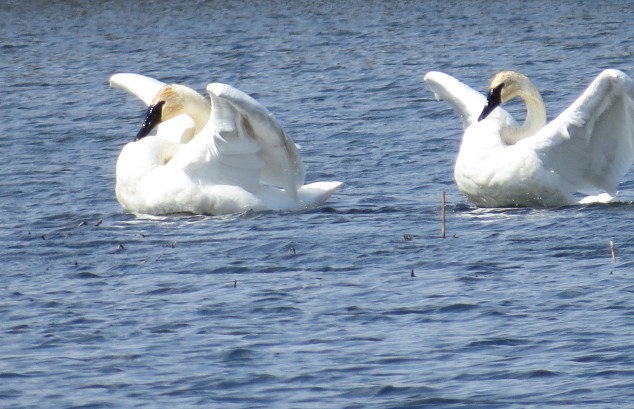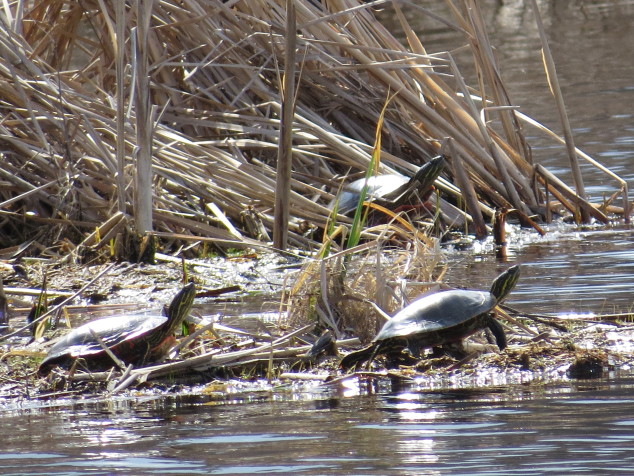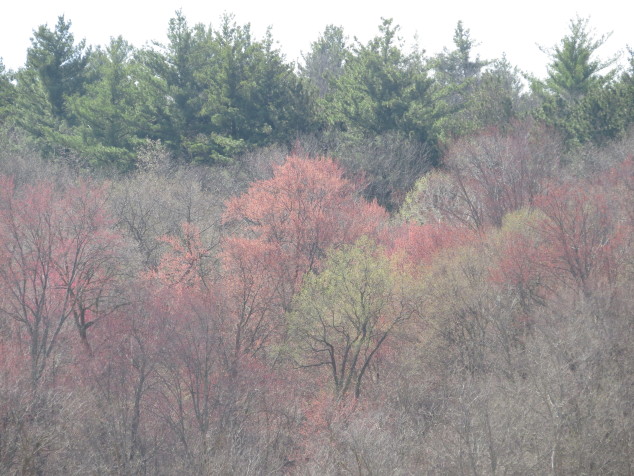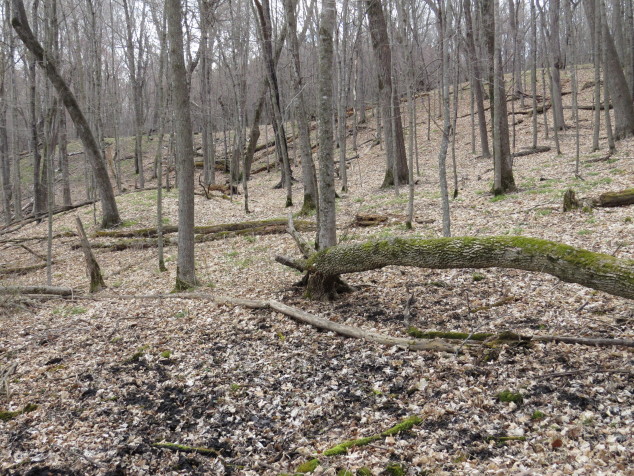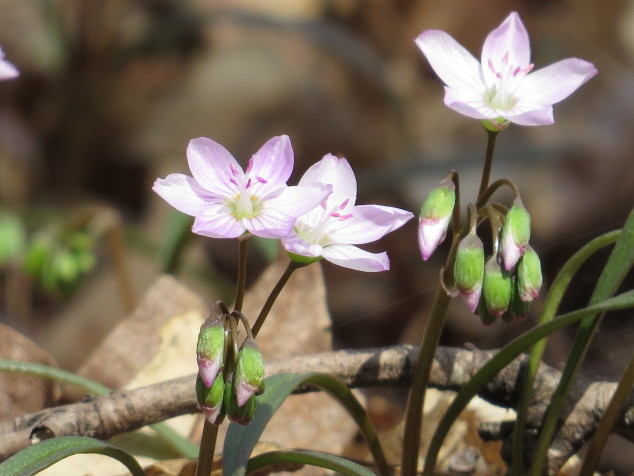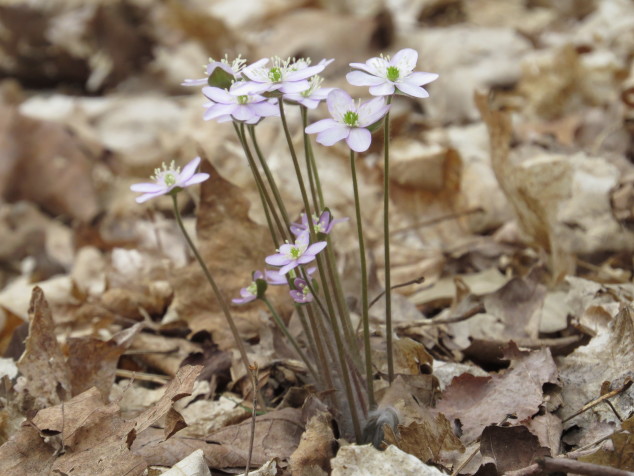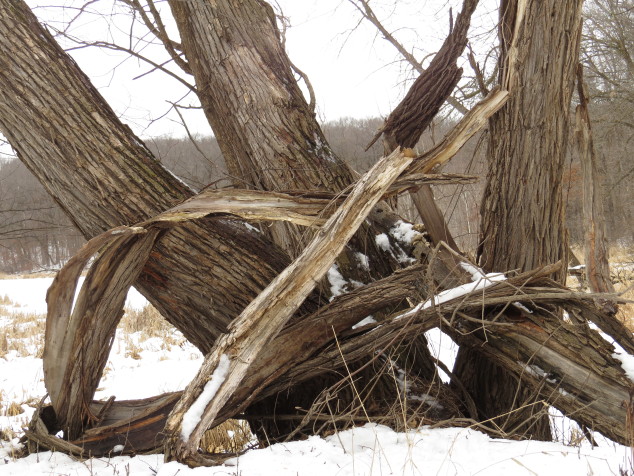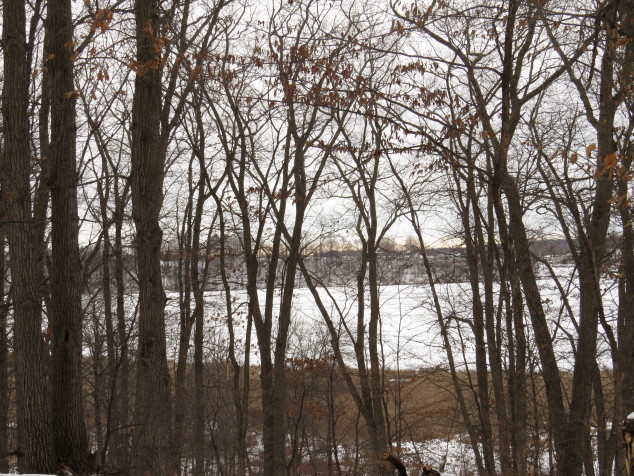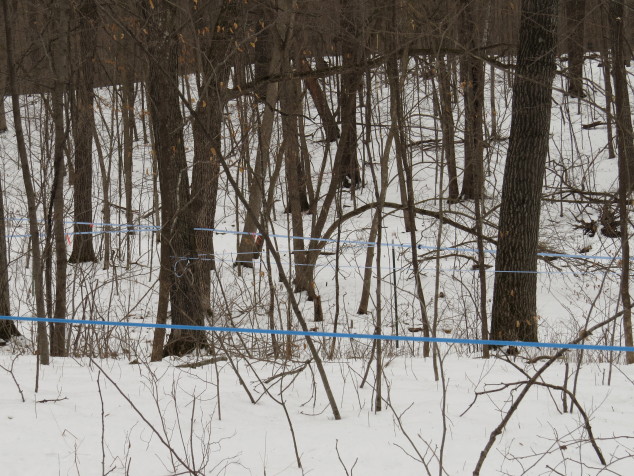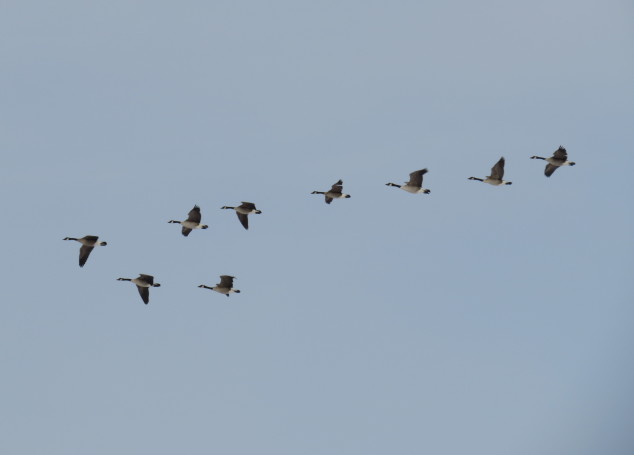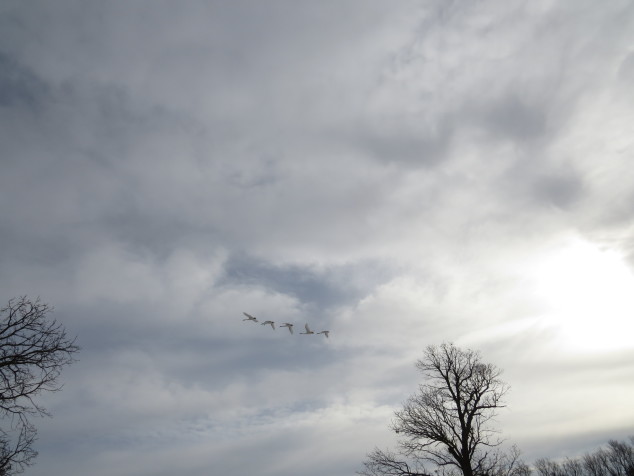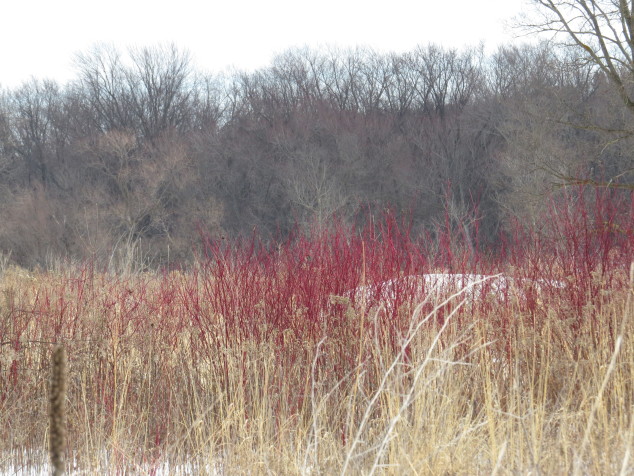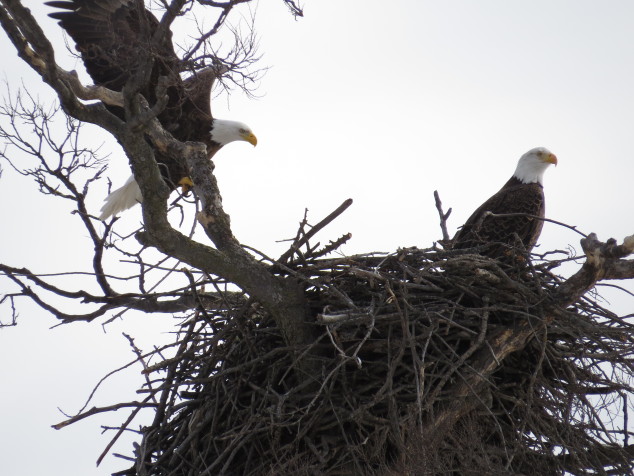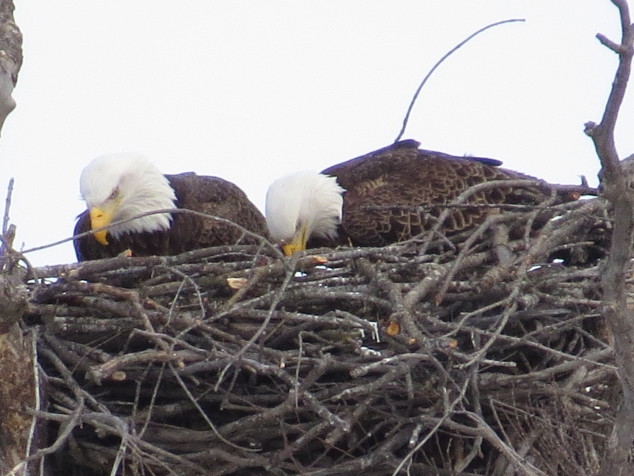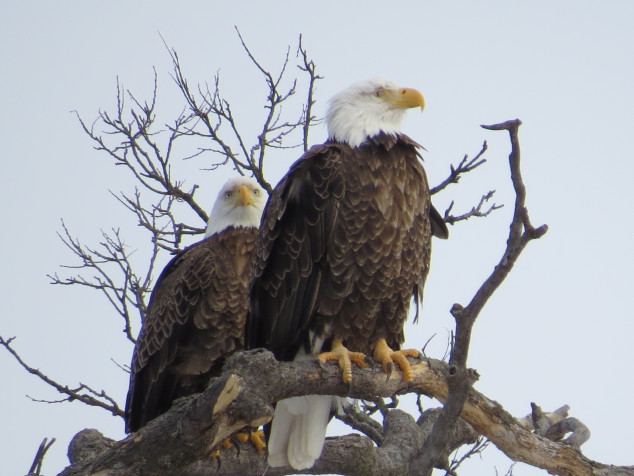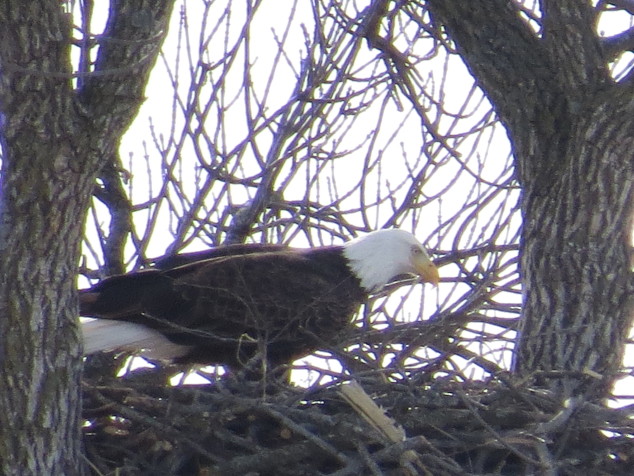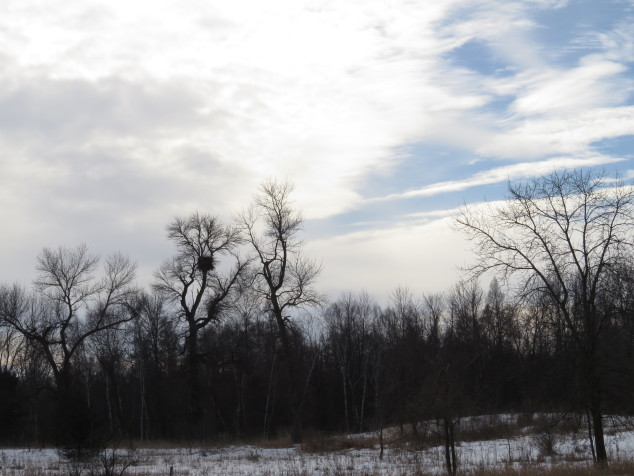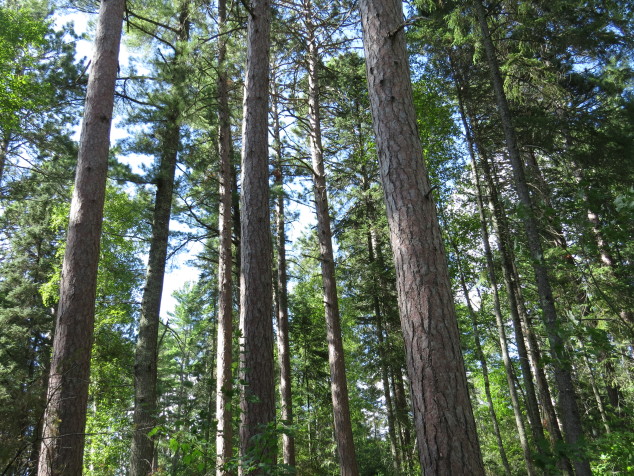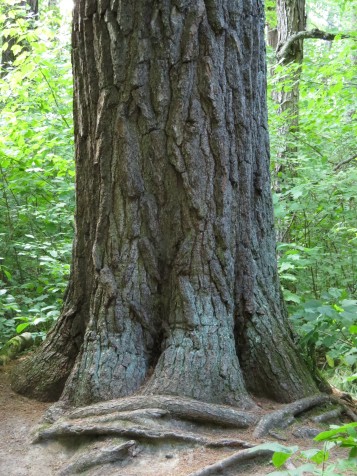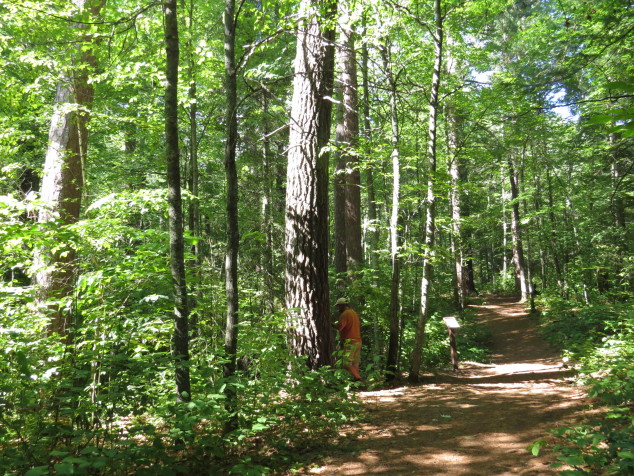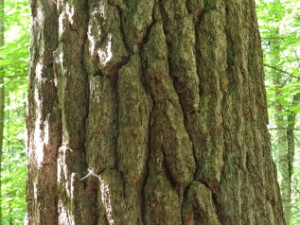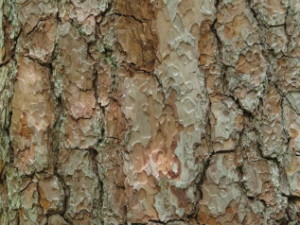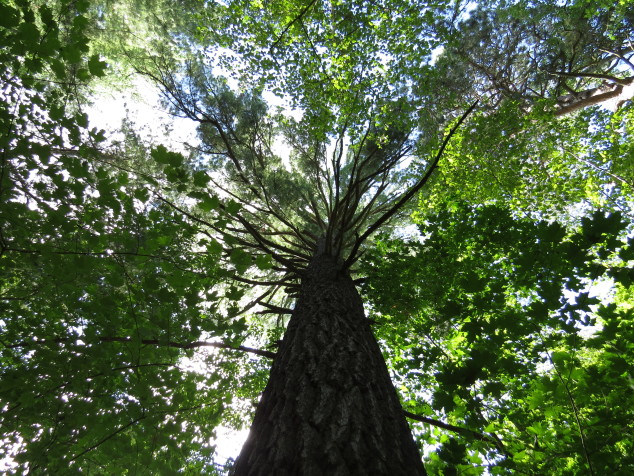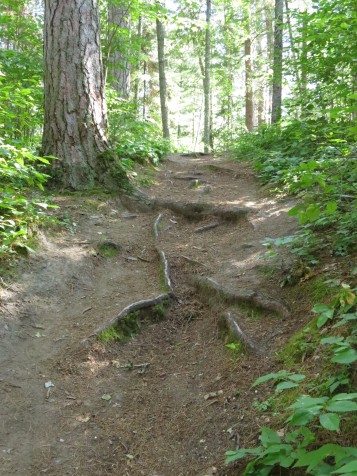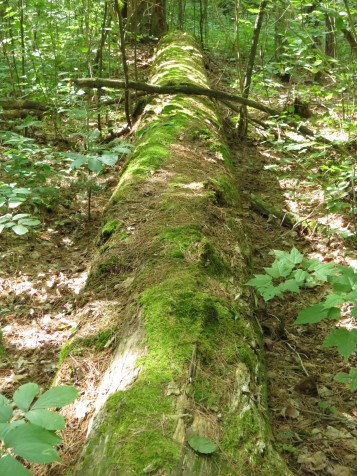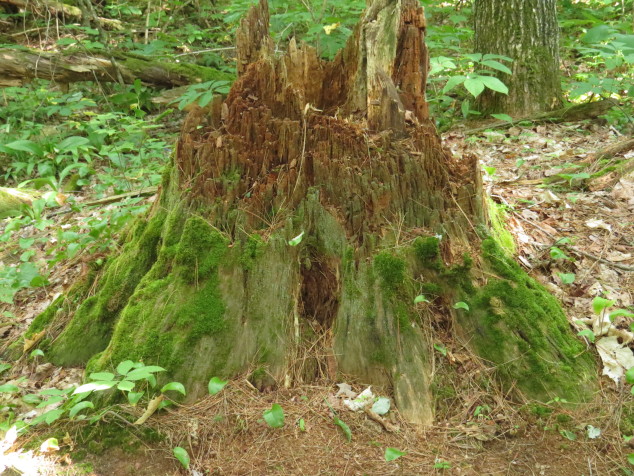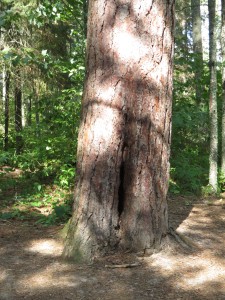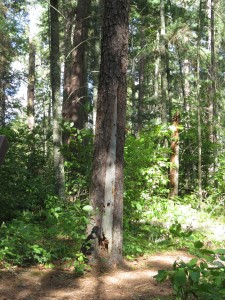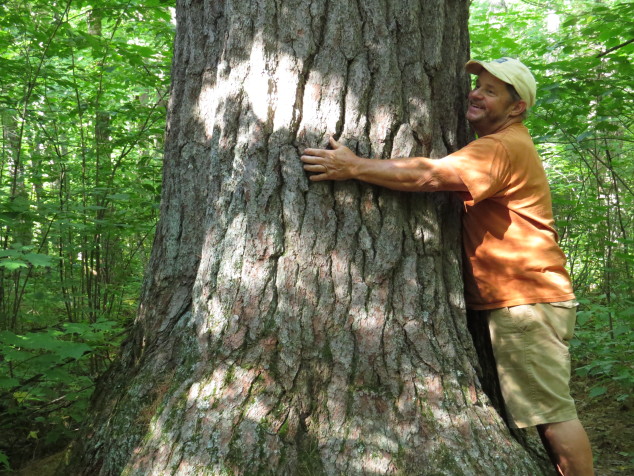‘Cause the river don’t talk, the river don’t care
Where you’ve been, what you’ve done
Why it is you’re standin’ there.
It just rolls on by, whisperin’ to your soul
It’s gonna be alright, the river just knows.
–Annie Tate, Dave Berg, Sam Tate
I don’t usually listen to Rodney Atkins, but I love what the chorus of his song ‘The River Just Knows‘ says and invokes in me. The singer/storyteller gets up early in the morning to go fishing and sees another guy at his spot on the river, and he wishes he could have the river to himself. He notices the guy has a military haircut and fresh scars on his face, and knows what brought him to the river. The soldier catches a rainbow trout, then releases him back to the river with “I’ll help you get your wind back, ’cause you helped me get mine.”
Our journey to St. Croix State Park a couple of weeks ago centered on the rivers that border and crisscross the large park. Twenty-one miles of the St. Croix River make up the southeastern border, and the last seven miles of the Wild and Scenic Kettle River is on the southwestern side. After leaving the fire tower, we first crossed Bear Creek–one of ten other streams that flow through the park. The stone and log bridge and beaver-chewed trees made a picturesque scene as we drove toward our hiking destination–Two Rivers Trail.
We ate our picnic lunch at Kettle River Overlook. The cloudy sky made the river look gray, and white-capped and burbling rapids brought the river to life.
The trail along the Kettle River was often lined with towering white and red pines that dropped their needles to cushion the path and provide the heady fragrance that makes you know you’re in a good place.
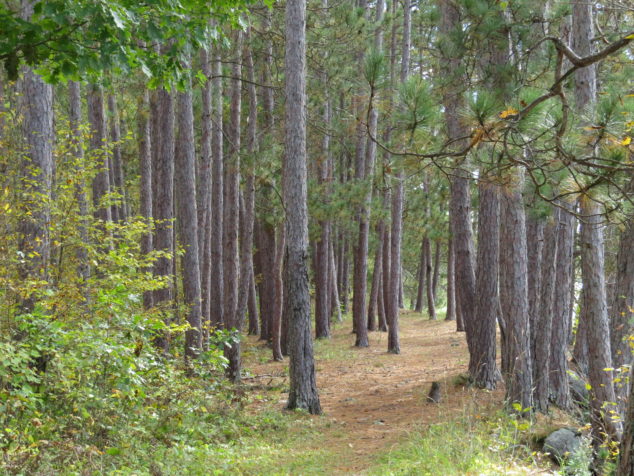 Along the river bank, where rain and flooding waters had washed away the soil, some of the roots of the pines were exposed but hanging on to keep the trees upright.
Along the river bank, where rain and flooding waters had washed away the soil, some of the roots of the pines were exposed but hanging on to keep the trees upright.
As we hiked, the clouds gave way to blue sky, and the river reflected the change. This one spot had swirly foam that created abstract pictures as the river rolled by.
Then we walked to the point where the Kettle River ended…
and flowed into the larger St. Croix River. Five Pine sentries stood at the confluence of the two rivers. “Welcome Home.”
It was easy to see why this river was chosen for a National Scenic Riverway–every glimpse of the river was so beautiful! It stirred a desire to explore it from a canoe.
Across the river, in Wisconsin, is Governor Knowles State Forest, with more impressive pines.
The rock in the river made a natural fount to hold the holy water, blessings for all the travelers who passed by.
The tipping Pine, on the point of an island, had a pileup of log debris at its feet.
A primitive camping spot for canoeists is at a bend in the river under another giant pine. The hiking trail veered into the forest away from the river at this point—and the river just rolled on by.
I had an inordinate amount of fear growing up. Nature helped to cushion my path and get my wind back every time I felt a pile-up of debris at my feet that threatened to tip me over. It helped me hang on. In the song, the river brought life back to the soldier–and to the storyteller. All of Nature brings Life back to us–even when we don’t realize we’re in need. The holy water, the sanctuary of trees, the steady foundation of rocks, and the breath of wind whispers to our souls, tells us we’re in a good place, and lets us know that everything’s gonna be alright.
